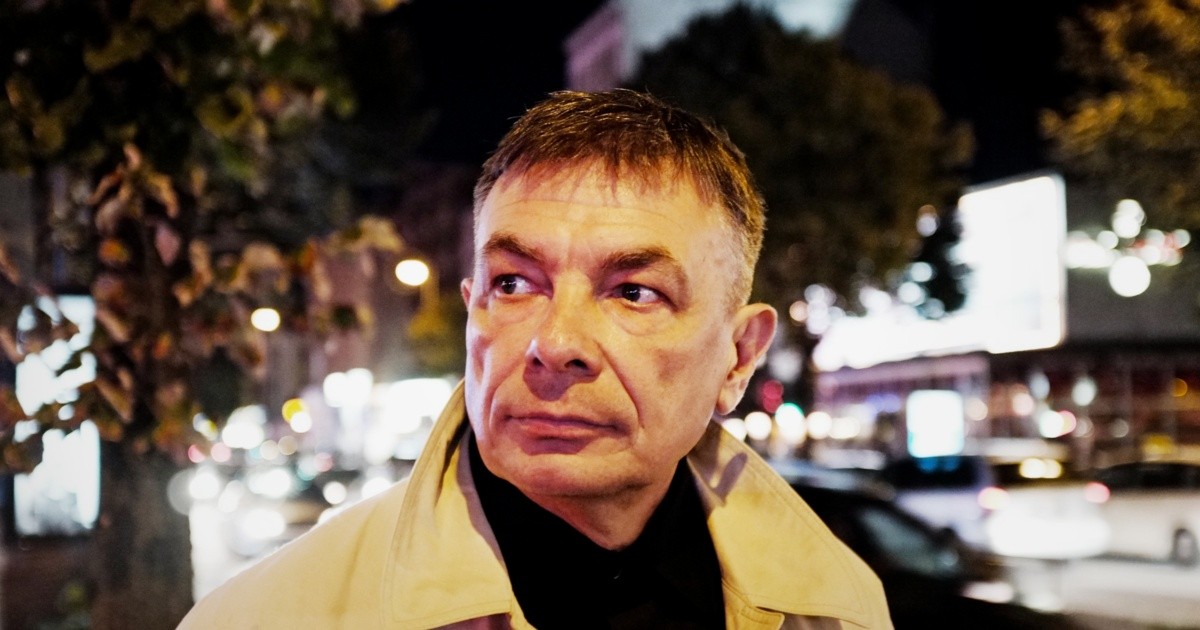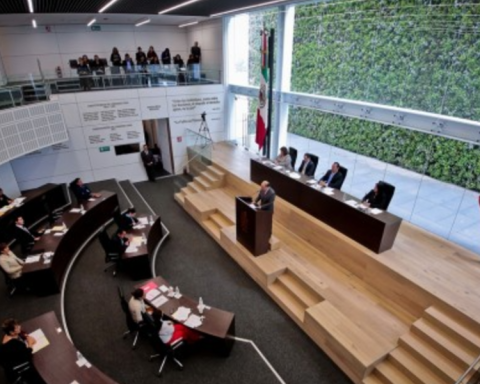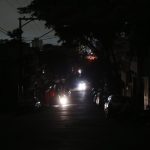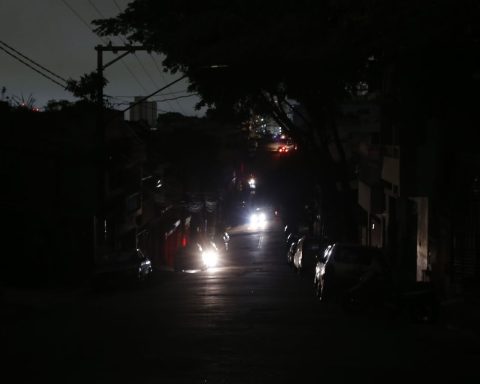It was the first chord of “A Hard Day’s Night” by the Beatles on a 12-string Rickenbacker guitar that revolutionized the mind of a German teenager born in Düsseldorf named Karl Heinz Bartos. In his own words “It was the moment when sound took on a new meaning and I knew I wanted to become a musician”. Like thousands of teenagers around the world, the young Karlheinz was amazed by the music of the Beatles, Elvis Presley Y The Rolling Stones, and although he did not understand very well what they were singing, the music generated a connection in him. His obsession with music took him a few years later to the Robert Schumann Conservatory in Düsseldorf to study percussion and in the mid-1970s to join an electronic music group called kraftwerk.
In The Sound of the Machine: my life in Kraftwerk and beyond (Omnibus Press, 2022), his memoir that the author describes as his sound biography, Bartos reflects on his relationship with sound and music. The text was originally published in 2018 in German and has finally been translated into English, updated to cover up to the death of Florian Schneider in 2020. Through his diaries, Bartos covers his life, musical career, his forays into the academy and even his hobbies such as cycling and athletics. He also reconstructs his time in one of the most influential bands of the 20th century.
With Florian Schneider, Ralf Hutter Y Wolfgang Flur, karl bartos belonged to the best-known lineup of kraftwerk and between 1975 and 1991 he produced the albums: radioactivity, Trans Europe Express, The Model, computer WorldElectric Cafe and The mixed.
Bartos and his groupmates were part of the first generation of German musicians born after World War II who promoted a musical avant-garde known as krautrocka label under which all music produced in Germany was lumped together, but which somehow moved away from the classical forms of American and British popular music.
Like some of his contemporaries such as Dog, Neu!, Amon DüülKraftwerk also did not rely on traditional German music (schlager), but in the experiments of electronic music and concrete music of karlheinz stockhausen, John cage either Pierre Shaffer.
Kraftwerk’s music has always been associated with the futuristic label. The quartet always sought to transcend the conventional aesthetics of a rock band. In their songs the band reflected on the state of the world and the way in which radioactivity, communications and technology began to change the human. The Kraftwerk were pioneers in the use of synthesizers, samplers, drum machines and electronic instruments and among the first to bring a unique audiovisual proposal to their live performances. Now Kraftwerk’s music is presented in museums, massive festivals or as the opening group of some of its fans, although for many years it has only been a reproduction.
Bartos transports us to the mythical studios Kling Klang where kraftwerk he built his sound experiments with an almost industrialist vision and conceived the concept of the man-machine that exchanged between the studio and the stage as one, but always with a human element behind all the machinery.
The Sound of the Machine This is a must read for any fan of kraftwerk and for anyone interested in learning how some of the band’s most iconic songs were created. It is a story about how the young Germans after World War II created a new identity, which looked to the future and alerted us to the dangers of technology, which was never afraid to experiment with technology and build new sound universes.
Kraftwerk was the most influential group of the last quarter of the last century and we are only now beginning to understand the wizards behind the machines.















